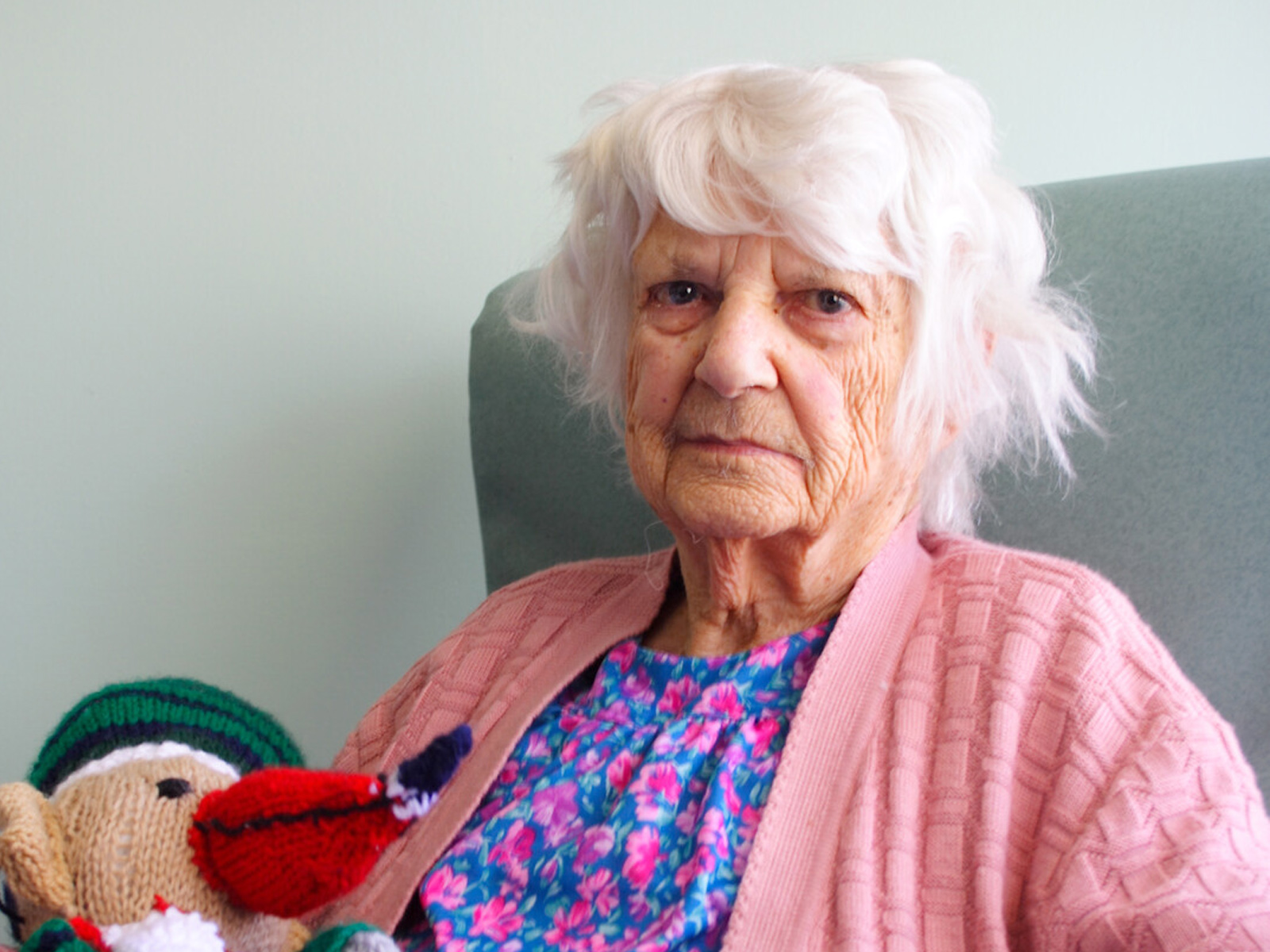The National Institute on Aging’s latest report titled: “Understanding Social Isolation and Loneliness Among Older Canadians and How to Address it” issues a stark warning: With the number of older persons who feel isolated, and or lonely expected to rise we’re at risk of personal, societal and economic impacts.
As the aging population continues to grow from coast to coast, the situation promises to become even more severe without intervention. The authors of the report say, “we need to work to implement effective, evidence- based strategies to reduce significant impacts and better support healthy ageing.”
Research suggests that media, government, and academic literature tend to use the terms “social isolation” and “loneliness” interchangeably. While these two terms can be related, they are two distinct states. Social isolation refers to the objective lack of contacts, family or friends. Whereas, loneliness is an undesirable subjective experience, related to unfulfilled social needs. Clarifying how these terms are distinct allows us to remember that subjective perceptions of social resources do not always reflect the actual social context. Both social isolation and loneliness can happen throughout life, and often reflect different aspects of a person’s relationships with friends and family.
Older adults, it seems, are often at higher risk due to factors that happen in their later years, such as transitional life events, declines in health and functional mobility, and the loss of loved ones. Factors such as decreased fertility rates, divorces, and fewer intergenerational living arrangements have been shown to have affected the robustness of family connections and caused seniors to be more inclined to reside in places that are geographically separated from their families than ever before. Additional health impacts of feeling alone include: mood disorders, dementia, cardiovascular disease and premature mortality.
It remains difficult to understand the full scope of this problem for older adults and the overall Canadian population. The report’s estimates suggest that 12 percent of Canadians aged 65 years and older feel socially isolated and 24 percent report low social participation. Similarly, about 25 percent of older women and 20 percent of older men report feeling lonely at least some of the time. Other estimates have the incidents in the entire Canadian population reported at levels from 20 percent to as high as 80 percent.
To reduce potential negative outcomes, the report recommends the following: development of a national strategy to enable the creation of consistent definitions; better measurement and tracking tools, the development of best practices to support effective programs and interventions that will address these issues at the national, regional and local level. In addition, prioritizing equity, accessibility and inclusion-based approaches; raising awareness, de-stigmatizing and promoting and evaluating best practices for those who are experiencing or at risk of social isolation and loneliness and building the collective capacity of organizations to improve overall service delivery.
To read the full report visit https://healthyagingcore.ca/ resources.













